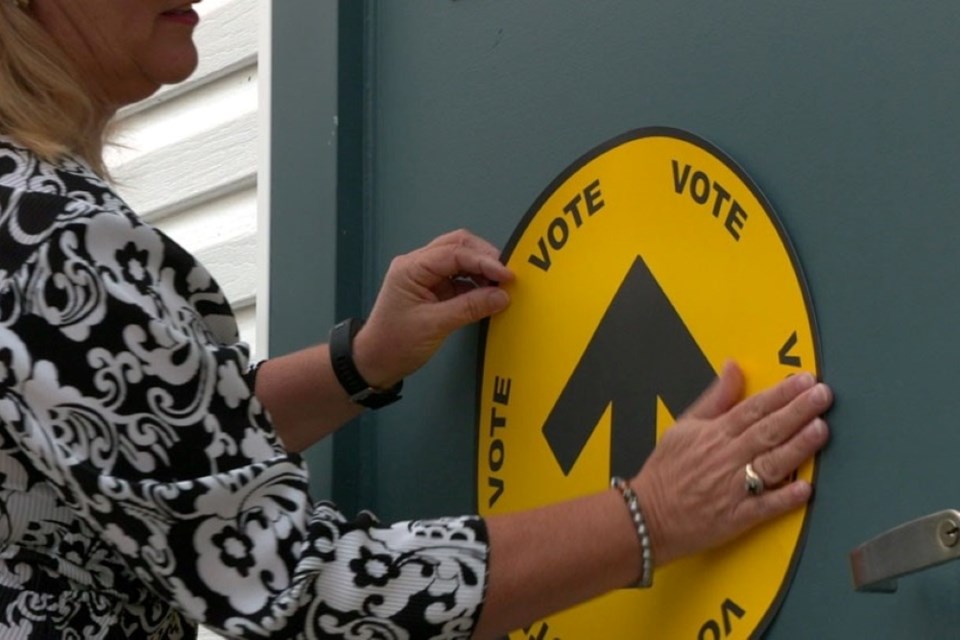This past Tuesday, I dropped by RainCity Shelter and tent city in and around Hightide Avenue in Sechelt, to speak to the residents of the area about voting in the upcoming federal election.
I went twice because there weren’t a lot of people out and about during my first visit at 10 a.m., with the exception of a few folks wandering the street and a couple who was busy tidying the area outside of their tent.
I stopped and asked if they had thought about voting in the upcoming federal election and while the woman told me she wasn’t interested in speaking to me, the man had no comprehension of what I was saying. The gorgeous sunny day seemed in sharp contrast to the living situation of this couple and the community surrounding them, who’s only protection against the world is a thin layer of polyester.
Mandy Hardwick, associate director of RainCity Housing and Support Society, says the Sunshine Coast team will be doing what it can to help anyone who wants to have their say to get out and vote. Staff members will be taking folks from Hightide housing, the Sechelt shelter and Gibsons Modular Housing to the polling stations and working with Elections Canada to ensure they have access to voting.
Hardwick added, extra staff will be on hand to ensure anyone who wants to vote gets that opportunity.
The Canadian Alliance to End Homelessness (CAEH), which leads a national movement of individuals, organizations and communities working together to end homelessness in Canada, has created a helpful guide to help residents with no fixed address on how to vote.
CAEH explains even if a person doesn’t stay in the same place every night, they can use the address from where they access services, which could include a shelter, food bank or community health centre closest to where they sleep or are camped.
But they must have proof of address, which can come in the form of a letter of confirmation of residence accompanied by a second piece of ID. According to Elections Canada, there are many forms of ID accepted, including a birth certificate, health card, library card, parolee card and more. They can also have a person vouch for them.
During my second visit, I focussed on a group of residents sitting outside the shelter enjoying the sunny day. Initially suspicious, they soon figured out I wanted nothing more from them than an opinion.
Once I explained about the federal election, a surprising number said they were very interested in voting, but weren’t sure who they would vote for. They asked numerous questions about how to vote, so I let them know about the options that would be provided by RainCity staff and they promised to do their homework on who is running.
At the end of my first visit, I spotted a young man sitting on the ground outside of Hightide Modular Housing, the sun beaming on his face as he meditated, surrounded by a semi-circle of rocks and a carefully crafted inuksuk.
Introducing himself as “James,” the young man was friendly and talkative – until it came time to talk about the election. James explained he didn’t want to get in trouble for voicing an opinion, so his plan was not to vote.
“Sometimes not voting is a vote in itself,” he said.
Unlike James, hopefully Canadians will vote in droves in this important election but the question remains, how do you convince people with no fixed address and who have no certainty where their next meal is coming from, that their vote will make a difference? I’m hoping that’s something the next Prime Minister of Canada can fix.



